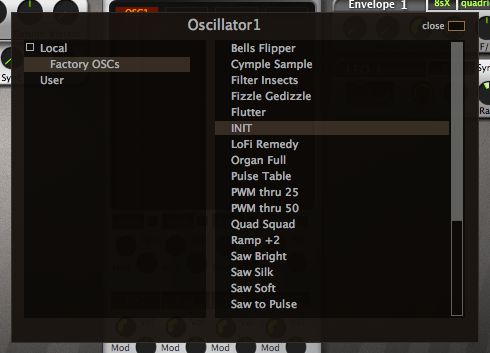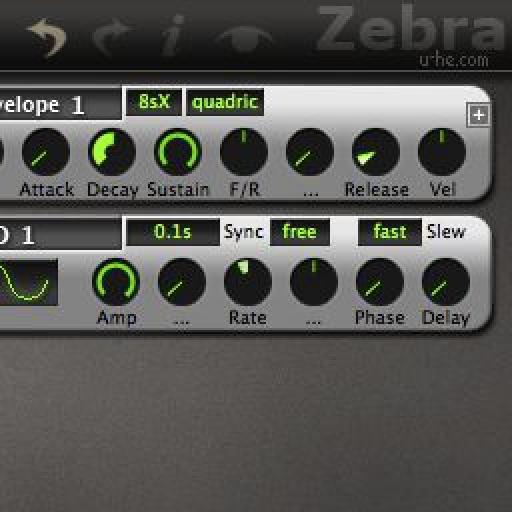Zebra 2 from u-he is probably one of, if not the most versatile soft synths out there on the market and probably the reason why it's so popular. It's so incredibly easy to start from scratch and come up with all sorts of weird and wonderful sounds, not to mention any conventional or classic synth sound as well!
At the heart of Zebra are the incredibly powerful and versatile wavetable oscillators of which you have four to play with. It's probably no surprise to anyone who's programmed with Zebra that just 'one' of these oscillators is capable of creating more sounds than most other soft synths can deliver firing on all cylinders!
These wavetable capabilities that allow you to create your own oscillator waveforms and morph or blend between them using different modes are really powerful. The two main modes Zebra implements are the Geo and Spectra types. Geo draws a waveform cycle whereas Spectra is based on the harmonic series.
Most synths that use wavetables provide them in predefined sets. With Zebra though you can simply make your own, and it's dead easy.
Make A Wavetable
By default the INIT patch in Zebra has one Oscillator. If you open the Osc 1 pane, you can see the waveform controls. I like to start from scratch by clicking the Oscillator Module Presets text area and choosing the INIT from the factory presets folder.

Here we can see the INIT wavetable. You can see it has 16 steps under the waveform which is showing Wave 1.
If I select Wave 16 at the far right, I can manipulate the handles on the waveform to make say a Pulsewave.
With Wave 16 still selected if I Control-click (Right-click on PC) on Wave 1, I get a selection menu.
If I choose 'Morph' Zebra will create a transition between the two shapes filling all 16 steps of the table.
The resolution is very smooth when you scan through this table using the Wave parameter in the Osc 1 module panel. Here you can see the actual position as a darker orange line in the display.
The best thing is is that you can morph between any of the 16 steps in the wavetable thus creating multiple complex transitions. Let's say I start with a simple Saw wave in Wave 1 and then go to Wave 9 and create a custom waveform.
Then if I Control-click (Right-click on PC) on Wave 1 I get a morph that spans Steps 1-9.
Now I'll go to Wave 16 and create a new waveform.
I can smooth the points by Control-clicking (Right-click on PC) on the handle and choosing Smooth Selected.
I can now morph between this smoothed shape and the linear one in Wave 9.
Here you can see the transition in progress and the full wavetable at the bottom.
It's possible to create some really interesting sounds this way. Here's an evolving texture.
It's made with only 'one' custom wavetable using Spectramorph mode with some frequency modulation. I'm simply scanning through the wavetable by using a Random LFO to manipulate the Wave parameter. Really simple to make, yet sounds really complex! Such is the power and fun of Zebra wavetables!














 © 2024 Ask.Audio
A NonLinear Educating Company
© 2024 Ask.Audio
A NonLinear Educating Company
Discussion
Want to join the discussion?
Create an account or login to get started!